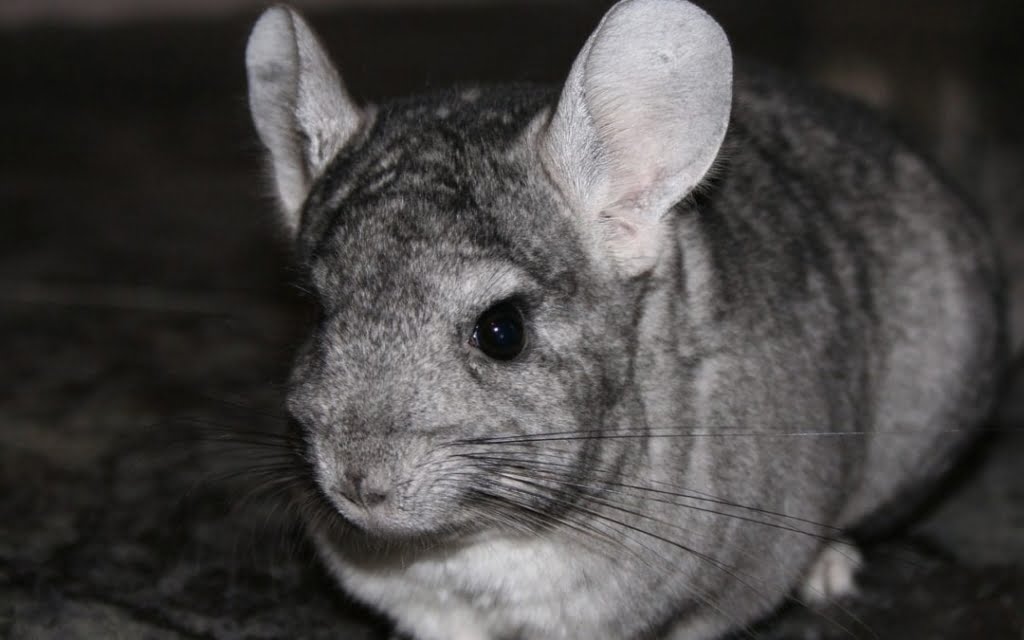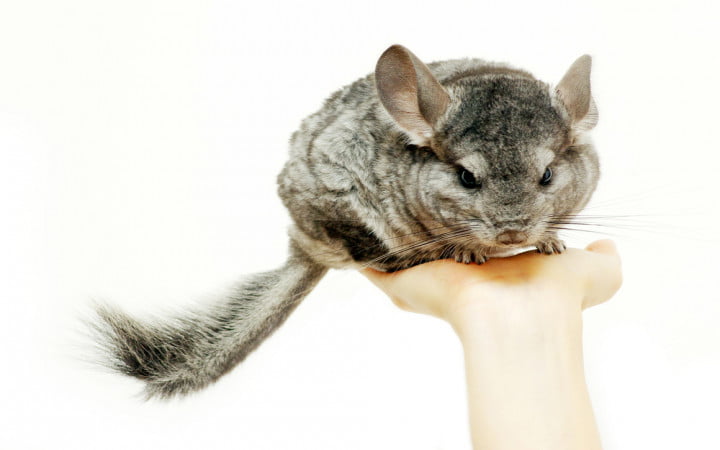All About Chinchillas
About Chinchillas: Chinchillas are fascinating creatures known for their soft fur, lively behavior, and unique characteristics. This comprehensive guide will delve into various aspects of chinchillas, including their taxonomy, habitat, physical features, behavior, care requirements, and relationship with humans.
Taxonomy and Classification
Chinchillas belong to the family Chinchillidae and the genus Chinchilla. There are two species of chinchillas: the short-tailed chinchilla (Chinchilla chinchilla) and the long-tailed chinchilla (Chinchilla lanigera). Both species are native to the Andes Mountains in South America and are primarily found in Chile, Peru, Bolivia, and Argentina.
About Chinchillas Habitat
Chinchillas inhabit rocky, arid regions in the Andes Mountains, where they live in burrows or crevices among rocks. They are well-adapted to high altitudes and extreme temperature fluctuations. Chinchillas are crepuscular animals, meaning they are most active during dawn and dusk.
Physical Characteristics
Chinchillas are small rodents with compact bodies, large ears, and bushy tails. They have dense fur with over 50 hairs growing from each follicle, making their coat incredibly soft and plush. Their fur is prized in the fur industry, leading to significant hunting and habitat destruction, contributing to their status as a vulnerable species.
Chinchillas have excellent hearing and can rotate their ears independently to detect sounds from various directions. Their long whiskers help them navigate their environment and detect obstacles.
Behavior
Chinchillas are social animals that typically live in colonies consisting of several individuals. They communicate through various vocalizations, including chirps, squeaks, and barks. In the wild, chinchillas use vocalizations to warn each other of potential threats and coordinate group activities.
Chinchillas are known for their playful and energetic behavior. They enjoy climbing, jumping, and exploring their surroundings. Providing ample opportunities for exercise and enrichment in captivity is essential for their physical and mental well-being.
Diet
Chinchillas primarily feed on grasses, seeds, and vegetation in their natural habitat. They have specialized digestive systems adapted to a high-fiber diet. In captivity, a diet of high-quality hay, supplemented with pellets explicitly formulated for chinchillas, is recommended. Fresh vegetables and occasional treats, such as dried fruits and nuts, can also be offered in moderation.
Reproduction
Chinchillas have a relatively long gestation period of approximately 111 days. Females typically give birth to one to six offspring, known as kits, in a single litter. Newborn chinchillas are born fully furred with open eyes and can move around shortly after birth. Their mother weans them after about 6 to 8 weeks.
Care Requirements
Proper care is essential to ensuring chinchillas’ health and well-being. To accommodate their active nature, a spacious cage with multiple levels for climbing and exercise is necessary. Dust baths, made from specialized chinchilla dust, should be provided regularly to help maintain their fur’s cleanliness and remove excess oils.
Chinchillas are sensitive to heat and humidity, so their environment should be kept cool and dry. Avoid placing their cage in direct sunlight or near sources of heat.
Regular veterinary check-ups are essential to monitor their health and address potential issues. Dental care is particularly important for chinchillas, as they have continuously growing teeth that can develop problems if not properly maintained.
Chinchillas as Pets
Chinchillas have gained popularity as pets due to their charming personalities and soft fur. However, they are not recommended for everyone. Prospective chinchilla owners should carefully consider their care requirements and be prepared for the long-term commitment to caring for these animals.
Chinchillas can live up to 15 years or more in captivity, so owning one is a significant responsibility. They require daily interaction and mental stimulation to thrive, making them best suited for dedicated owners willing to invest time and effort into their care.
Conservation Status
Both species of chinchillas are listed as vulnerable by the International Union for Conservation of Nature (IUCN) due to habitat loss, hunting, and illegal wildlife trade. Efforts to protect and conserve wild chinchilla populations are ongoing, including habitat preservation initiatives and regulations on fur trapping and trade.
Chinchillas are remarkable animals with unique adaptations and behaviors that have captivated the interest of humans for centuries. Whether admired for their soft fur, playful antics, or endearing personalities, chinchillas continue to enchant people worldwide. By understanding and appreciating these fascinating creatures, we can work towards ensuring their survival and well-being for generations to come.


